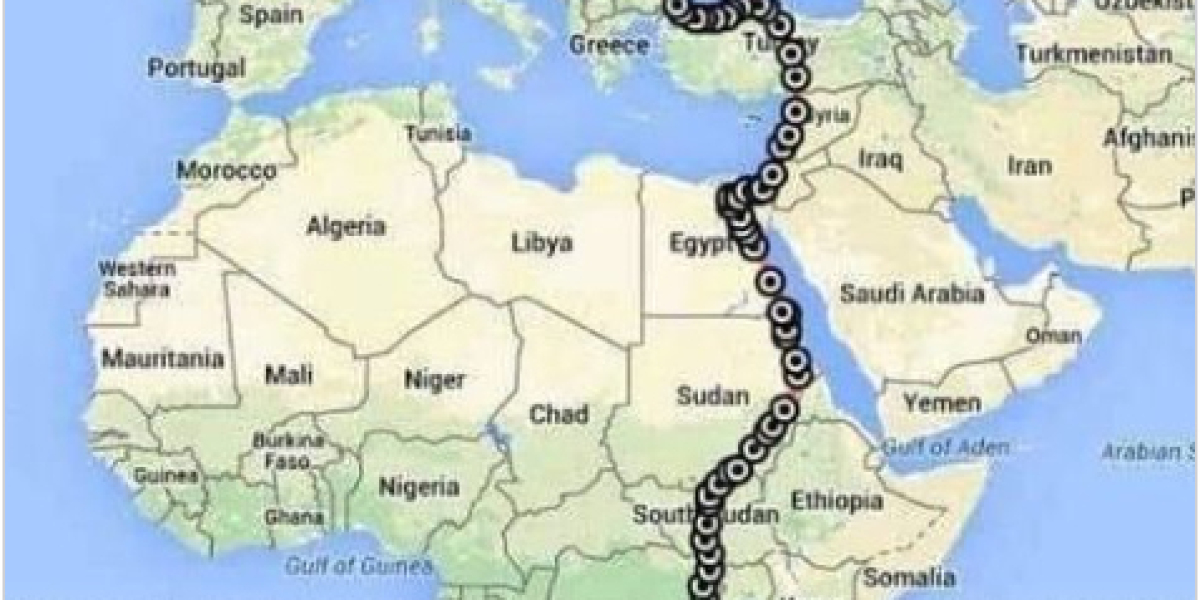That certainly is an incredible journey by the female falcon. Through a careful analysis of the tracking data, one can gain a profound appreciation for the remarkable navigational abilities that nature has endowed migratory birds with. The falcon's direct route across multiple countries, covering over 10,000 kilometers in under two months at a pace of nearly 250 kilometers daily, demonstrates an innate sense of direction-finding that allows such avian migrants to traverse vast distances with pinpoint precision. Its strategic detour along the course of the Nile to skirt the water's edge suggests an almost cognitive process of planning the most efficient path. What's more, the falcon undertook this solo odyssey of continent-spanning proportions, a logistical feat achieved through evolutionary instincts rather than material tools. When pondering the Satellite tracker's depiction of the falcon's straightforward migration, one cannot help but be astounded by the complex yet flawless instincts that nature has bestowed even upon solitary creatures to accomplish their seasonal travels. The beauty lies not only in the majestic routes charted but in the evolutionary wonders that make such extraordinary journeys possible.
Awalludin Ramlee
417 Articles/Blog posts 🔥






